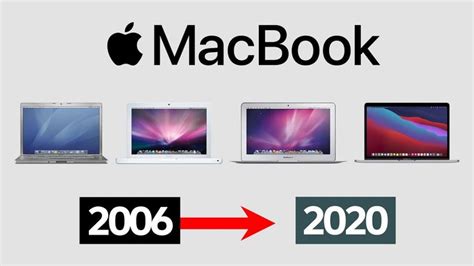The introduction of the 15-inch MacBook Air M3 has reignited discussions around Apple’s design philosophy, particularly concerning the controversial ‘notch’ feature. Reflecting on user reactions, there exists a schism between aesthetic dissatisfaction and practical indifference. As seen with prior iterations of Apple products, initial resistance often diminishes as users acclimate to changes. This phenomenon underscores a pivotal aspect of consumer electronics: the balance between design innovation and user experience continuity.
Several users have utilized software solutions to mitigate the presence of the notch on their screen. Tools like BetterDisplay allow for an adaptation where the menu bar is manipulated to effectively ‘ignore’ the notch area, thus reinstating a familiar user interface from older MacBook models. This workaround highlights the flexibility of software in addressing hardware-induced inconveniences, albeit sometimes reducing the usable screen space—a compromise not all users are willing to accept.
The discourse surrounding the notch also touches on broader design trends within Apple. Some users speculate that the notch’s design was intentionally mirrored after similar features in recent iPhone models, suggesting a branding synergy across Apple products. However, this design choice does not resonate with all users, particularly because the functional justifications (such as housing additional sensors) seen in iPhones do not translate directly to the MacBook’s utility.
User concerns extend beyond mere aesthetics to issues of functionality and security with features like FaceID. FaceID’s utility in a desktop environment is debatable, with some advocating for its convenience while others worry about potential security lapses in less controlled environments. This divergence in opinion showcases the challenging balance tech companies must maintain between introducing innovative features and ensuring they align with user expectations and environments.
The discussions around Apple’s product design are further complicated by considerations of sustainability and consumer rights, particularly the right to repair. Apple’s efforts to increase the use of recycled materials in MacBook Air are commendable, yet criticisms about the actual reparability and upgradability of the devices persist. The soldered RAM and storage, for instance, prevent easy upgrades that could extend the device’s longevity and utility, prompting a debate over planned obsolescence versus environmental responsibility.
Apple’s strategic decisions concerning hardware configurations, such as available RAM, draw criticism regarding perceived artificial limitations that may not align with user needs or expectations. While some defend Apple’s choices based on the integration of their hardware and software, others view these limitations as a strategy to enforce frequent upgrades, which poses questions about consumer choice and product lifespan in the context of sustainability.
Despite these criticisms, many users acknowledge the high resale value and longevity of Apple products, suggesting a degree of economic sustainability through prolonged use and high second-hand market value. These aspects introduce a complex layer to the debate on sustainability—while individual components might not be the most sustainable in terms of reparability, the overall lifecycle of a MacBook could be seen as less wasteful due to its extended usability and robustness.
In sum, the MacBook Air M3 reflects broader trends and challenges in the tech industry—from design and functionality to security and sustainability. The ongoing user debates highlight the complex interplay between consumer expectations, technological innovation, and corporate strategy that defines the modern digital landscape. As technology continues to evolve, so too will the conversations around these pivotal issues, underscoring the dynamic relationship between users and the devices on which they increasingly rely.


Leave a Reply